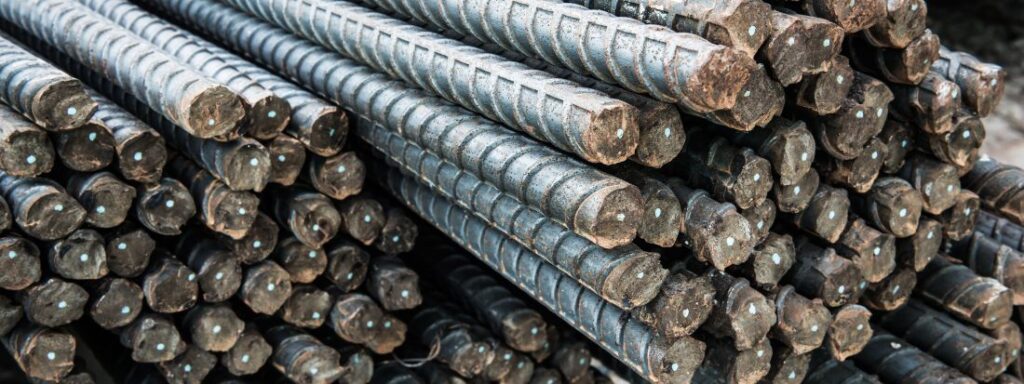
Work-in-progress (WIP) in manufacturing refers to the unfinished goods or products that are in various stages of completion during the manufacturing process. WIP includes all the raw materials, semi-finished goods, and finished goods that are still in the production process. These products have not yet been completed, but they are being worked on and are in the production process.
The WIP inventory can include various stages of production, such as products that are partially assembled, products that are being tested, and products that are in the final stages of completion before delivery.
WIP is essential to the manufacturing process for several reasons. One of the most critical aspects of WIP is that it enables manufacturers to meet customer demand by ensuring that there is a constant flow of products through the production process. Without WIP, manufacturers would not be able to keep up with demand, resulting in delayed deliveries and dissatisfied customers.
WIP also provides manufacturers with greater flexibility in their production processes. By having products in various stages of completion, manufacturers can adjust their production processes as needed to meet changing market demands or unexpected disruptions in the supply chain.
WIP can also provide manufacturers with a buffer against supply chain disruptions or other unforeseen events. By having products in various stages of completion, manufacturers can quickly ramp up production to meet increased demand or switch to alternate suppliers if needed.

Raw materials refer to the materials that are used in the manufacturing process. These materials are typically sourced from suppliers and are used to create the various components of the finished product. Raw materials can include everything from steel and plastic to electronic components and specialized chemicals.
Semi-finished goods are products that are partially completed and are in the process of being assembled or transformed into the final product. Semi-finished goods may have undergone some manufacturing processes, but they are not yet ready for sale. These products are still considered WIP because they need further processing or assembly before they can be sold.

Finished goods are products that have completed the manufacturing process and are ready for sale. However, even finished goods can be considered WIP if they are being stored in a warehouse or distribution center and have not yet been sold or shipped to customers.
Effective management of WIP is essential for maximizing efficiency and profitability in the manufacturing process. Here are some strategies that manufacturers can use to manage their WIP inventory effectively:
Manufacturers can use effective planning and scheduling tools to ensure that there is a constant flow of products through the production process. This can help minimize bottlenecks and ensure that products are completed on time and on budget.
Streamlining production processes can help reduce the amount of time it takes to complete the manufacturing process. This can be achieved by reducing the number of steps in the production process, automating certain tasks, and improving communication between different departments.
Lean manufacturing principles can help manufacturers identify and eliminate waste in their production processes. This can help reduce the amount of WIP inventory and improve overall efficiency.
Manufacturers can use technology to track their WIP inventory, monitor production processes, and identify potential issues in real-time. This can help reduce the amount of time it takes to complete the manufacturing process and improve overall efficiency.
While effective management of WIP can provide many benefits, there are also several challenges that manufacturers may face, including:
Manufacturers may struggle to gain visibility and control over their WIP inventory, particularly if they are using manual processes or outdated technology. This can make it difficult to make informed decisions about production processes and inventory management.
Inaccurate inventory management can result in overproduction, excess inventory, and higher costs. This can be a particular challenge for manufacturers that are producing complex products or working with multiple suppliers.
Inefficient production processes can result in bottlenecks, delays, and increased costs. This can make it difficult for manufacturers to meet customer demand and maintain profitability.
Work-in-progress (WIP) is a critical aspect of the manufacturing process, providing manufacturers with flexibility, increased efficiency, and greater control over their inventory. However, effective management of WIP requires careful planning, effective scheduling, and the use of technology and lean manufacturing principles. By addressing the challenges associated with WIP management, manufacturers can improve their overall efficiency and profitability.
Contact Us
Related
Get started with Axacute and improve your business operations.